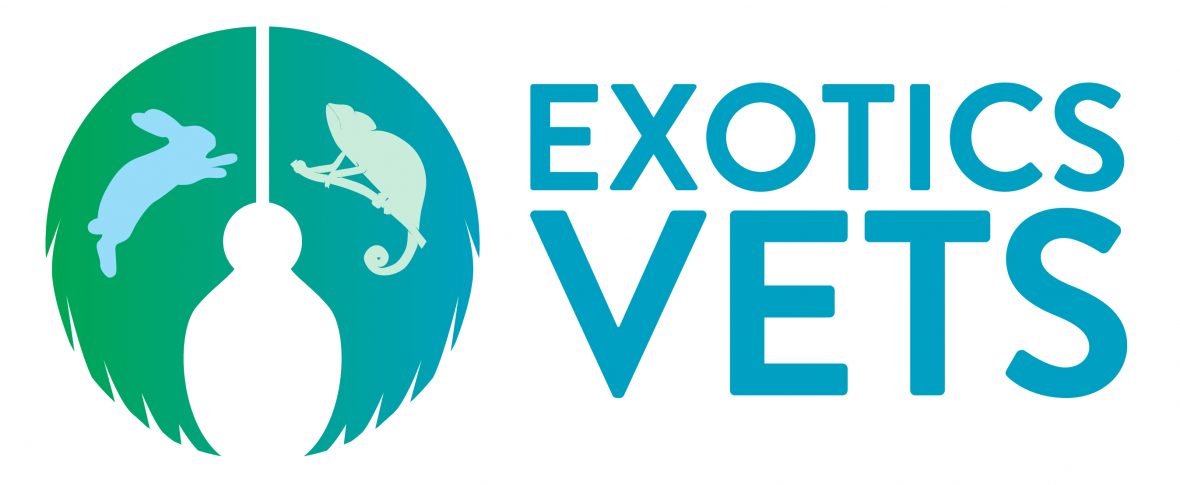If you haven’t checked it out already, check out our article on spurs!
Malocclusion one of the leading clinical signs of dental disease in rabbits, as dental disease is a common problem is rabbits, you’ll frequently see malocclusion.
Malocclusion is the root (tooth root) of quite a few rabbit dental problems, much like all dental disease, it can be:
-
Congenital
-
Acquired
Congenital dental disease, occurs from birth and will be a life long issue.
Acquired dental disease stems from either
-
Inadequate wear from poor diet choices
-
Metabolic bone disease – which can often be prevented with an adequate diet.
So what does malocclusion look like?
Top left – Normal lateral view of rabbits teeth
Top right – The mess of malocclusion – Elongated Maxillary PM1 and M1, with elongated Mandibular PM2
Bottom left – Overgrown mandibular incisors
Bottom right – The rostrocaudal view of the mandibular mess in the Top Right
Okay so what can we do about malocclusion?
-
Prevent with a high fibre diet!
There is NO CURE for malocclusion, only prevention and management, it’s best to avoid it if possible (acquired causes at least!) by feeding a high fibre hay and greens diet. As opposed to a high carb pellet diet, ugh.
By now you may be noticing a lot of rabbit problems CAN BE PREVENTED with a high fibre hay and greens diet. So Hop to it!
If its congenital tooth or jaw formation causing malocclusion … well, see below.
Their are two paths to manage malocclusion:
-
Trimming / filing teeth
-
Removing/extracting teeth
-
Do nothing
-
Trimming molars
If elongated you can minimize elongated teeth by filing them down or trimming them regularly with a dental drill (not with nail trimmers as this can cause fractures!)
How regularly? Rabbit teeth can grow as rapidly as 2 mm per week! So you may need to trim teeth as frequently as every four to six weeks. So you should let your clients and patients know this will be an ongoing task ahead of time!
This WILL REQUIRE GENERAL ANAESTHETIC every time! Be sure to let your clients know on going tooth care will be frequent and require a general anaesthetic, alternatively…
-
Remove affected cheek teeth.
*Disclaimer*
*NOT TO BE UNDERTAKEN LIGHTLY* – Molar extraction may require extra-oral surgical approaches. Not for the faint of heart. Best undertaken by a highly experienced exotics veterinarian or specialist, or under experienced supervision
*End Disclaimer*
But it is definitely an option to be offered.
Seems extreme, however you need to consider the fact that if left unopposed, molar and premolar cheek teeth will elongate and require regular trimming. Even if not originally diseased. For every tooth there could be potentially TWO apposing teeth, as there can be only 2 mandibular premolars, and 3 maxillary premolars. So all teeth may be indirectly apposed.
Removal is indicated with malocclusion, fractured teeth and abscesses.
This is definitely not a procedure to perform without expert guidance or supervision (or of course experience) – whilst trimming molars may be undertaken in a GP clinic, extractions are a very complicated procedure.
Please remember, you should carefully consider your plan, goals and equipment before undertaking a rabbit dental!
-
Do nothing
What? If the tooth is not causing any problems, is occluding with other teeth and not deviating into lingual or buccal tissue causing damage and lacerations. If it is still aiding in chewing, and no dental pain is present. Then monitor the situation – as intervening may be worse! (re pain, oral cavity damage, stress, hepatic lipidosis, death… the stress rabbit cascade.)
In summary, malocclusion is a common problem is rabbits, as you’ll frequently see dental disease, it’s important to check for maloccluding teeth, uneven surfaces and spurs. Sometimes this is preventable (acquired malocclusion) with an adequate diet, but sometimes your rabbit is born with congenital malocclusion. But once it’s present, you’ll need to manage it!
Hop to it!
Next up, abscesses!




